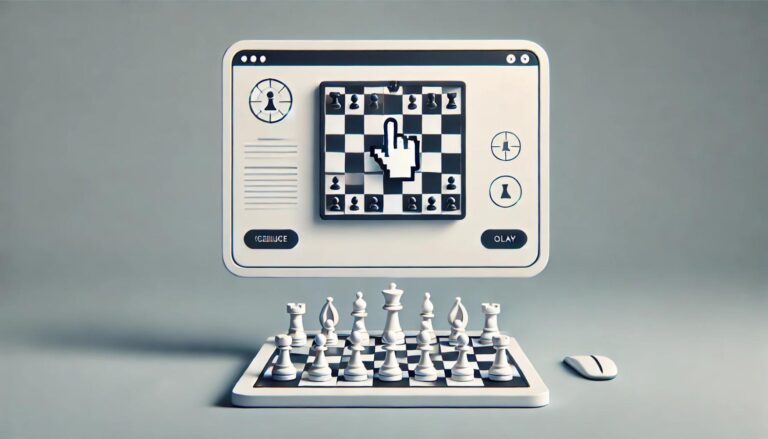Section 1: Overview of Chess Curriculum for Kids
Chess is an ancient, intellectual, and strategic game that has been played for centuries. It has proven to improve cognitive skills, critical thinking, and problem-solving abilities in individuals of all ages. However, teaching chess to kids requires a structured approach that caters to their age, level of understanding, and learning style.
Section 2: Benefits of Structured Chess Curriculum for Kids
Structured chess curriculum for kids has numerous benefits, making it a popular choice among parents and educators. Let´s take a look at some of the benefits:
Chess can be an overwhelming game, especially for kids who are just starting to learn. A structured curriculum simplifies the game and teaches the rules, moves, and strategies in an easy-to-understand manner. This, in turn, makes learning enjoyable and engaging for kids.
Structured chess curriculum for kids emphasizes building a strong foundation. It starts with the basics, such as the names of the pieces and their movements, before moving on to more complex strategies. This ensures that kids have a solid understanding of the game and are well-equipped to progress to more advanced levels.
One of the key advantages of a structured curriculum is that it caters to the age of the child. It takes into account the cognitive abilities and attention span of kids at different ages and tailors the curriculum accordingly. This not only ensures that kids learn at their own pace but also makes the learning process more enjoyable and effective.
Chess is a game of strategy, and a structured curriculum helps kids develop this skill. It teaches them how to analyze the board, think ahead, and make calculated moves. This not only helps in improving their chess skills but also has a positive impact on their critical thinking and problem-solving abilities.
As kids progress through the structured curriculum and learn new skills and strategies, their confidence increases. This confidence not only applies to their chess game but also carries over into other areas of their life. It teaches them the value of practice and hard work, which can be applied to any aspect of their life.
Another advantage of a structured chess curriculum for kids is that it prepares them for chess tournaments. Kids who have gone through a structured program have a better understanding of the game, are more confident in their abilities, and have honed their strategic thinking skills. This makes them better equipped to participate in and excel in chess tournaments.
Section 3: Key Components of a Structured Chess Curriculum for Kids
A structured chess curriculum for kids typically consists of the following components:
The first component of any structured curriculum is to teach the rules and basics of chess. This includes the names and movements of the pieces, how to set up the board, and basic rules such as check, checkmate, and stalemate.
Once kids have a good grasp of the rules, the next component of the curriculum focuses on teaching them tactics and strategies. This includes concepts such as controlling the center of the board, pawn structure, and attack and defense techniques.
As kids progress through the program, they learn different openings and their variations. They also learn different endgames and how to execute them. This not only adds to their knowledge of the game but also helps them understand the importance of planning and foresight.
A structured chess curriculum for kids also includes practice exercises and games to reinforce their learning. These can include worksheets, puzzles, and practice games with peers or a coach. This helps kids apply what they have learned and improves their understanding of the game.
Section 4: Choosing the Right Chess Curriculum for Kids
With the growing popularity of chess, there are many options available for structured chess curriculum for kids. Here are some tips to help you choose the right one:
The curriculum should be tailored to your child´s age. Look for programs specifically designed for kids in the same age range as your child to ensure that they will be able to understand and engage with the material.
A good curriculum should have a logical progression of skills, starting with the basics and gradually building up to more advanced strategies. This allows kids to develop a solid foundation and builds their skills over time.
Some kids may prefer a more visual teaching approach, while others may learn better through hands-on activities. Look for a curriculum that caters to your child´s learning style to make the learning experience more effective.
In conclusion, a structured chess curriculum for kids provides a solid foundation for learning and developing chess skills. It breaks down the game into smaller, more manageable parts and caters to the age and learning style of kids. By choosing the right program and committing to regular practice, kids can develop their chess skills and reap the many benefits that come with it.
